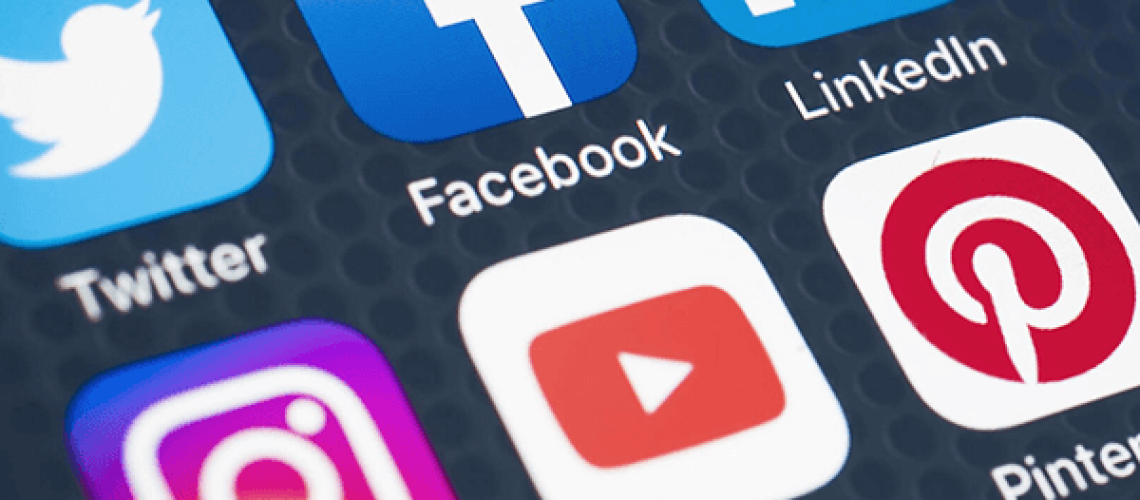The average person spends two and half hours on social media a day. Social media consumes much of our lives, but what happens to these accounts on our deaths? It is projected that Facebook will have more dead users than living users by the year 2070 based on the site’s current growth trajectory, so it is important to consider what will happen with these accounts in perpetuity.
Although managing a social media account may not be top of mind for most families handling a deceased loved one’s estate, it is a loose end that should not be left untied. A social media account is a unique legacy that one leaves behind and it is important that such legacy be treated with care.
Facebook and other social media sites are well aware of the reality that their users are going to eventually pass away and have outlined clear procedures for how deceased user accounts can be managed on their respective sites.
Facebook: Facebook allows for both removal of an account, as well as the memorialization of an account.
Removal of an account can be done by either an immediate family member or an executor of an estate by using a death certificate or other proof of authority as outlined on their site here. Removal of an account is just as it sounds; no account will exist for this user going forward.
Memorialization of an account is another option, which can be utilized by a family member or close friend by notifying Facebook that an account holder has passed. Their memorialization information can be found here. Memorialization will allow an account to remain active therefore allowing all posts to remain on Facebook and visible to those it was originally shared with, as well as allow others to share memories on the decedent’s timeline. However, memorialization does not allow for access to a deceased loved one’s account.
If you wish for your loved ones to have access to your account after death, listing a “legacy contact” on your account during your lifetime will allow that individual will be able to pin a final post to your profile, update your profile picture and cover photo, request the removal of your account, and download a copy of what you have shared on Facebook, if you have this feature turned on. To learn how to add a legacy contact to your account you can click here.
Instagram: Instagram also allows for both removal of an account, as well as the memorialization of an account.
Removal of an account can be done by either an immediate family member or an executor of an estate by using a death certificate or other proof of authority as outlined on their site here.
Memorialization of an account can be done by a family member or friend by providing proof of death, such an obituary or news article as outlined on their site here. As with Facebook, no account access can be granted as it is the company’s policy to honor the privacy of the decedent; however, the account holder’s legacy will remain.
LinkedIn: LinkedIn also allows for both removal of an account, as well as the memorialization of an account.
Unlike Facebook and Instagram, LinkedIn requires that you hold court authority for the decedent’s estate in order to memorialize or close a user’s account. This is certainly the most stringent of standards for any social media site. You can request to memorialize or close a user’s account here.
If you do not hold court authority for a deceased user’s estate you can , however, request that their account be hidden, therefore making the account unsearchable. You can request that an account be hidden here.
Twitter: Twitter has procedures for both deceased users, as well as incapacitated users.
For a deceased user, deactivation and removal of an account can be done by either an immediate family member or an executor of an estate by providing “information about the deceased, a copy of your ID, and a copy of the deceased’s death certificate.” You can find out more about that process here.
For an incapacitated user, deactivation and removal of the account are an option by providing “information about the user, a copy of your ID, a copy of the account holder’s ID, and a copy of a Power of Attorney authorizing you to act on the account holder’s behalf.” Twitter is concerned about false and/or unauthorized reports and that is why they require such substantial proof of your authority. Information regarding Twitter’s incapacitated user procedure can be found here.
Whether a deceased loved one’s page is kept for memories sake or removed to delete an unwanted reminder of someone we have lost, a digital footprint is a new reality for all of us and it is important that it be addressed when a loved one passes away.













